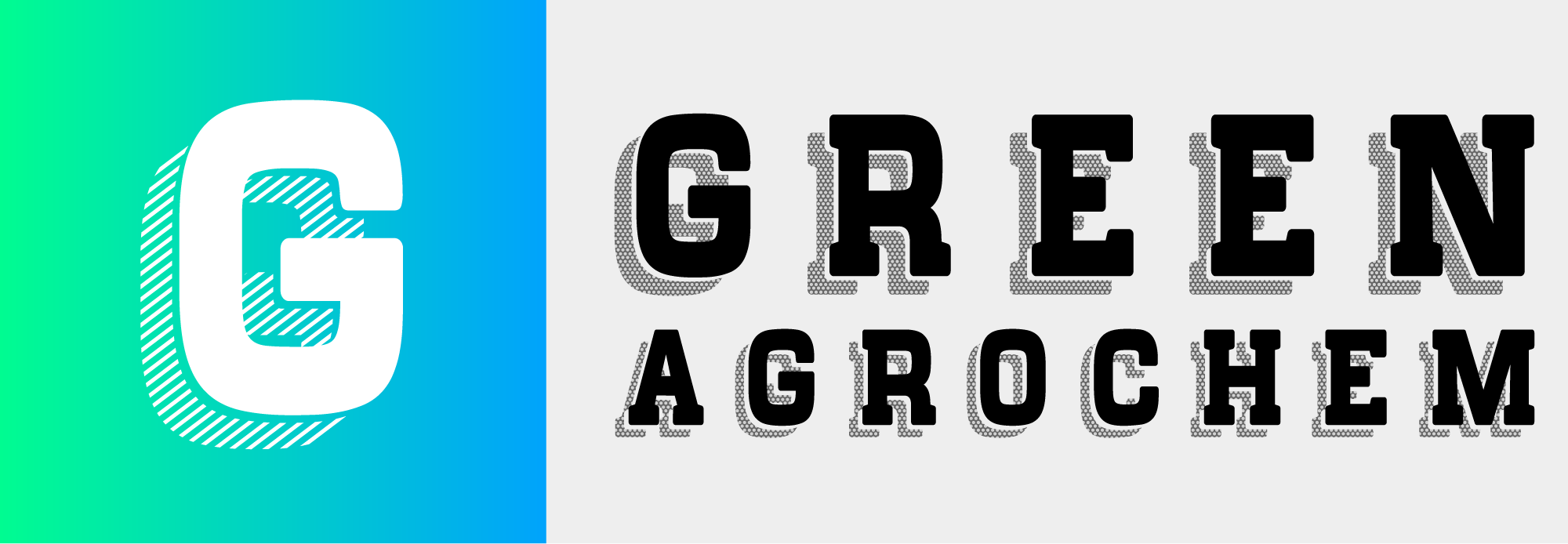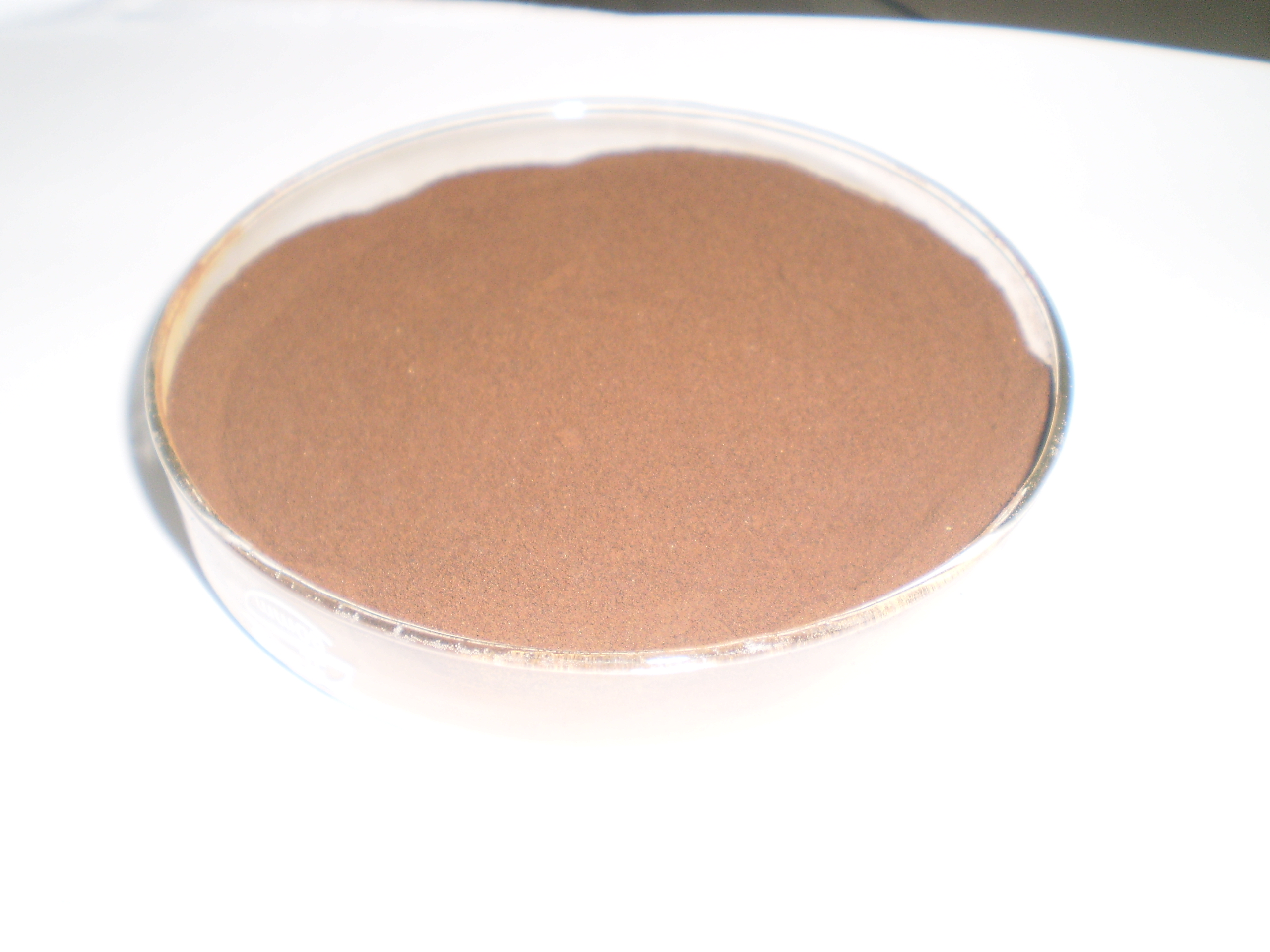What Is sodium lignosulfonate and Its Role in Textiles?
sodium lignosulfonate (SL) is a water-soluble compound derived as a byproduct from the paper and pulp industry. In textile processing, it serves various purposes, such as a dispersant or binding agent, due to its chemical properties. However, one significant drawback is its tendency to stain fibers, which can interfere with the dyeing process. This staining arises because SL adheres to fiber surfaces, altering the intended color of the fabric and posing challenges in achieving accurate and consistent dye results.
Why Does SL Cause Staining?
The staining effect of SL is largely due to its inherent dark brown color, which becomes visible when it binds to fibers. This compound has a strong affinity for adsorption onto fiber surfaces, a process where SL molecules attach to the material. The combination of its color and adsorption strength means that the darker the SL and the more effectively it binds, the more pronounced the staining becomes. This is a critical concern in textiles, where color precision is essential for quality and aesthetics.
Structural Features of SL That Affect Staining
The extent of staining depends heavily on the molecular structure of SL. Key factors include its molecular weight and the presence of hydrophilic groups, such as phenolic hydroxyl and carboxyl groups. These groups influence how SL interacts with fibers. Fibers, typically uncharged, interact with SL through hydrophobic interactions (driven by non-polar regions of the molecule) and hydrogen bonding (facilitated by hydrophilic groups). The interplay between these forces determines how much SL adheres to the fiber and, consequently, the severity of the staining.
How Concentration Influences Staining at Lower Levels
The concentration of SL in a solution plays a pivotal role in staining behavior. At concentrations below 6.0 g/L, staining intensifies as the molecular weight of SL increases. For example, SL fractions with higher molecular weights—such as SL-2 and SL-3, which exceed 5 and 50 kDa—cause more staining than unfractionated SL (referred to as SL-0). This occurs because these heavier fractions have fewer hydrophilic groups, relying more on strong hydrophobic interactions to bind to fibers, resulting in greater adsorption and more noticeable staining.
Behavior of Low Molecular Weight SL at Lower Concentrations
In contrast, at the same low concentrations (below 6.0 g/L), SL with a lower molecular weight, such as SL-1, exhibits minimal staining. This fraction has a smaller size and fewer hydrophilic groups, leading to weaker interactions with the fiber surface. The reduced hydrophobic and hydrogen bonding capacity of SL-1 limits its adsorption, making it less likely to leave a visible mark on the fabric compared to its higher molecular weight counterparts.
A Surprising Shift at Higher Concentrations
Interestingly, when SL concentrations exceed 6.0 g/L, the staining trend reverses. Here, staining decreases as the molecular weight of SL increases, and high molecular weight fractions (like SL-2 and SL-3) cause less staining than SL-0. This shift is unexpected but can be explained by changes in how SL interacts with fibers at higher concentrations, where structural and steric effects begin to dominate over simple adsorption strength.
Why Staining Decreases at Higher Concentrations
Two main factors account for this reversal at concentrations above 6.0 g/L. First, fractionated SL (e.g., SL-2, SL-3) contains fewer phenolic hydroxyl and carboxyl groups compared to unfractionated SL-0. This reduction weakens hydrogen bonding with the fiber. Second, the larger size of high molecular weight SL introduces a steric hindrance effect, where the bulky molecules struggle to penetrate the fiber’s internal structure. Together, these factors reduce adsorption and, consequently, staining intensity.
The Role of Adsorption Mechanisms
The adsorption of SL onto fibers is driven by two primary mechanisms: hydrophobic interactions and hydrogen bonding. Hydrophobic interactions depend on the molecular weight and the balance of hydrophilic versus hydrophobic regions in SL, while hydrogen bonding relies on the availability of hydroxyl groups (phenolic or alcoholic). At lower concentrations, hydrophobic interactions dominate for high molecular weight SL, leading to stronger adsorption and more staining. At higher concentrations, the reduced hydrophilic content and steric effects in these fractions limit adsorption, mitigating the staining problem.
Practical Implications for Textile Manufacturers
These findings have significant implications for textile processing. By understanding how SL’s molecular weight, hydrophilic group content, and concentration affect staining, manufacturers can make informed choices. For instance, using SL fractions with lower molecular weights at low concentrations, or higher molecular weight fractions at elevated concentrations, could minimize staining. This control allows for better preservation of dye colors, improving fabric quality and reducing the need for rework or waste.
Potential Strategies to Reduce Staining
To further address staining, textile producers could explore modifying SL to optimize its properties. Adjusting the molecular weight distribution or chemically altering the hydrophilic group content might reduce SL’s adsorption tendency while retaining its useful functions. Additionally, precise control of SL concentration during processing offers a practical way to balance its benefits against its staining drawbacks, tailoring its use to specific textile applications.
Conclusion: Managing SL Staining Effectively
In conclusion, fiber staining by sodium lignosulfonate is a multifaceted issue influenced by its molecular structure, concentration, and adsorption mechanisms. At lower concentrations, higher molecular weight SL increases staining due to strong hydrophobic interactions, while at higher concentrations, steric hindrance and reduced hydrophilic groups lessen the effect. By leveraging this knowledge, the textile industry can mitigate staining, ensuring SL enhances rather than hinders fabric production. Future research into SL modifications could further refine its application, promising even better outcomes for textile processing.

